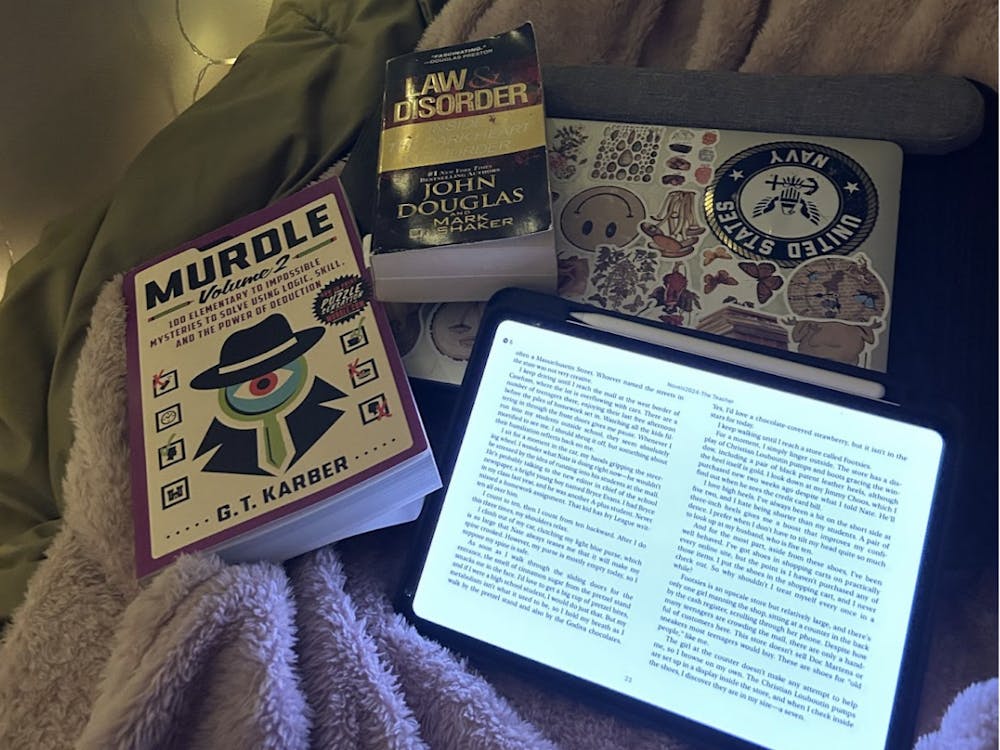Many critics agree that Ritesh Batra, Director of Bollywood film, The Lunchbox, is taking a step towards Hollywood and a step away from the romance-musical genre that Bollywood is known for. The Lunchbox has been specifically compared to The Shop Around the Corner from the 1940’s, which movie afficionados know to be an old Hollywood classic.
Batra was not trying to enter the film industry with a bang. The Lunchbox can best be described as a soft, gentle performance featuring Irfan Khan (who starred most recently in Life of Pi) and Nimraut Kaur, taking place in the midst of Mumbai, one of the busiest cities in the world. Amidst the hustle and bustle of India’s most populated metropolis, a love story unfolds between Saajan and Ila. Together, they build a fantastical world through handwritten notes exchanged in a lunchbox.
Irfan Khan’s character, Saajan, is a somewhat predictable character, but this makes him no less charming. The audience can assume there is a warm heart underneath the quite grumpy exterior of this aging widower. The film introduces him as the kind of old man who scolds children for playing in his yard, but of course, Batra reveals Saajan’s interior through beautiful, little moments. He uses seemingly insignificant, everyday objects and actions to convey that Saajan’s true and best self was right underneath his standoffish exterior all along, desperate to come back alive. In this subtle way, alongside many others, The Lunchbox conveys a message of hope.
Ila is another typical character. At first, she appears to be a middle-class housewife with no real personality of her own. Every day, her daughter goes to school, and her husband goes to work. Upon returning home from work, he does not speak to Ila, and the next day, all of this repeats. Although the film attempts to convey Ila’s monotonous and lonely life, it suffers the unintended consequence of introducing Ila as boring and resigned.
However, this might have been the point. Perhaps Ila had become boring and resigned until the lunchbox she packed for her husband was accidentally delivered to Saajan’s desk. For the first time, the lunchbox returns home empty, as if it was licked clean.
Although Ila’s original intention was to win her husband’s love and attention — or at least earn one conversation — through her cooking, she decides to continue sending the lunchbox to this wrong address. Along with the lunch inside, she sends a note and a love story, of sorts, ensues in which Saajan and Ila prove to be deep, observant, emotional and interesting individuals who simply need someone to listen to them. These notes become the highlight of Saajan’s day, and his replies become the highlight of Ila’s.
The audience is taken aback by how quickly Saajan and Ila open up to one another about their shared loneliness, but it may have been intended by Batra to show a relationship that did not need to develop gradually. After all, a relationship based on handwritten letters is not the same as it might be in person. There is not so much of a need to hold back.
For example, Saajan is significantly older than Ila, but this is not an immediate problem. At first, he is just a very much needed friend, and Ila is the same for him.
This not-so-gradual relationship was almost necessary, because it seems as though much of Saajan and Ila’s lives revolve around restraint in some way. They spend most of their time holding back their emotions rather than expressing them, except with one another.
The two characters teach each other to become more open with other people. The same way that Saajan’s warmth is begging to be expressed underneath his standoffish personality, Ila is also full of love that she does not express, either because there is no one to receive it (as with her husband), or she does not know how (as with her daughter).
A main criticism that cannot be ignored regarding The Lunchbox is that it fails to adhere to a realistic scenario. Although the scenario it depicts could potentially occur in Mumbai, it develops into a one that simply could not, especially for two lower-middle-class individuals.
However, in much the same way that Saajan and Ila create a fantasy world with one another on paper, the audience is not so much bothered by the fantasy world being depicted on screen. The Lunchbox also featured side characters who acted as much needed comic foils for Saajan and Ila, such as Ila’s neighbor and Saajan’s trainee.
Despite these critiques, Batra did a wonderful job directing, choosing camera angles carefully and leaving characters out of the frame intentionally during certain scenes.
For example, although the audiences never sees Ila’s neighbor, referred to as Auntie, we learn much about her through Ila and Auntie’s shouted conversations through Ila’s kitchen window. Auntie occasionally sends a hanging basket down to the window full of ingredients or plays music for Ila, and Ila sends groceries up in that same basket.
The Lunchbox uses a very cliché plot, but it does so in order to depict love in new ways. It shows the kind of love that exists when two people grow old together and what that truly entails. The kind of love that survives when one of those people is gone is not something that most cinematic love stories often address.
The Lunchbox shows that love can exist in vegetables and groceries; it shows that love can exist in words; it shows, rather poetically, that love can exist in a ceiling fan, or a cell phone, a painting, or a doll and most of all, inside of a lunchbox.




